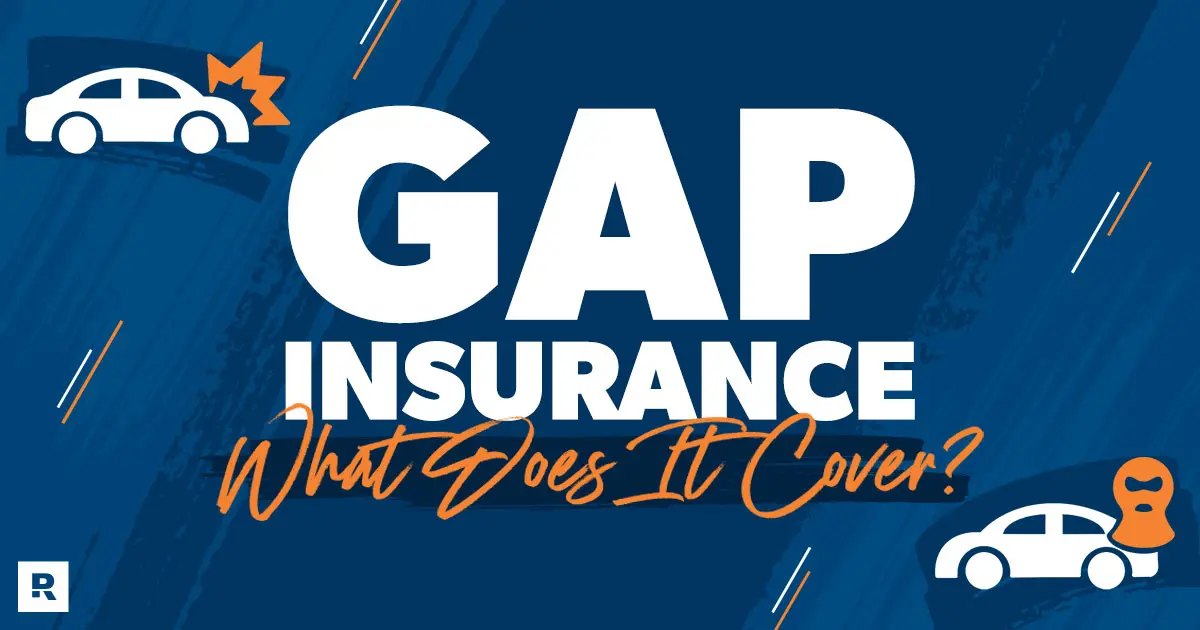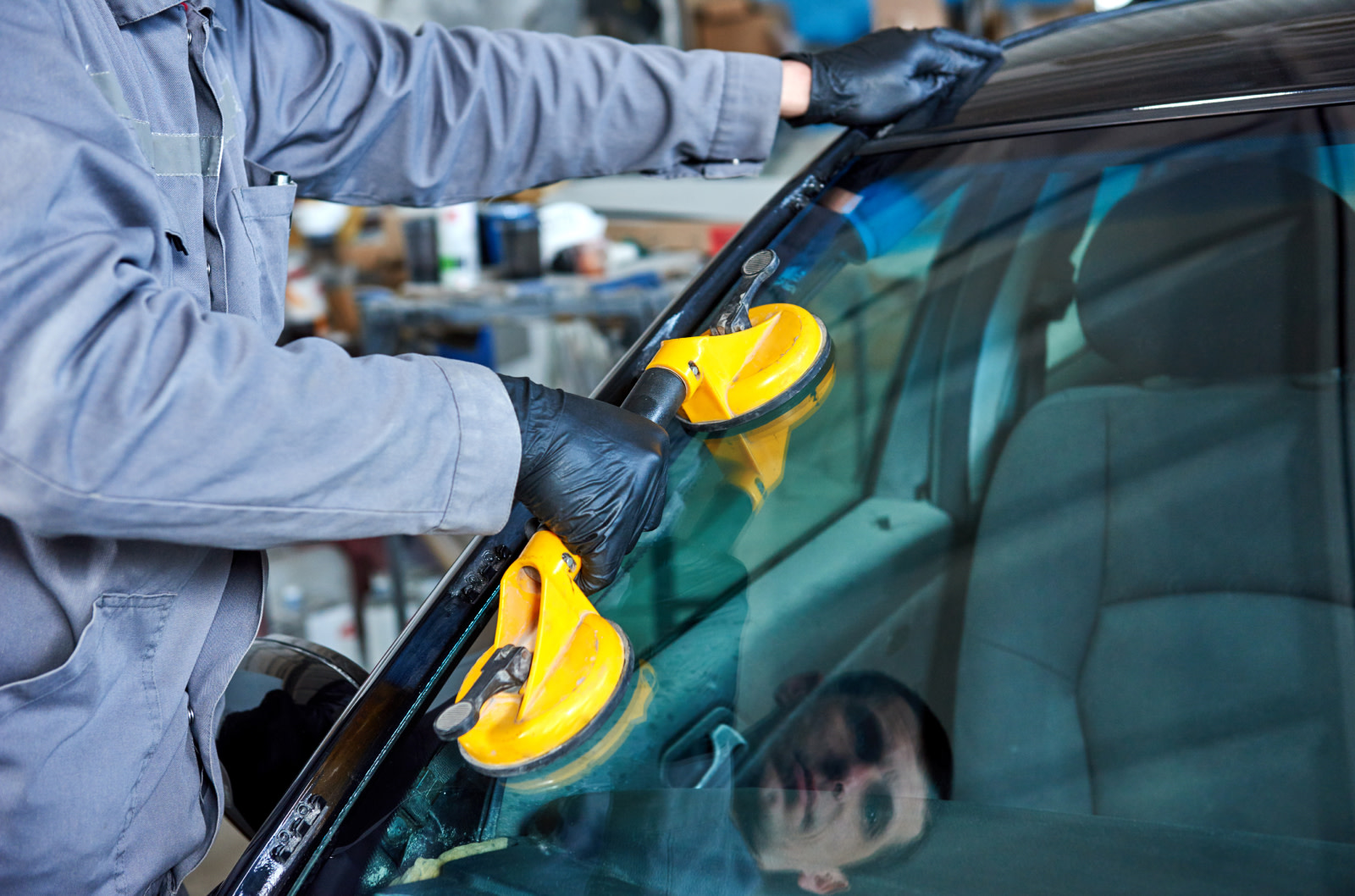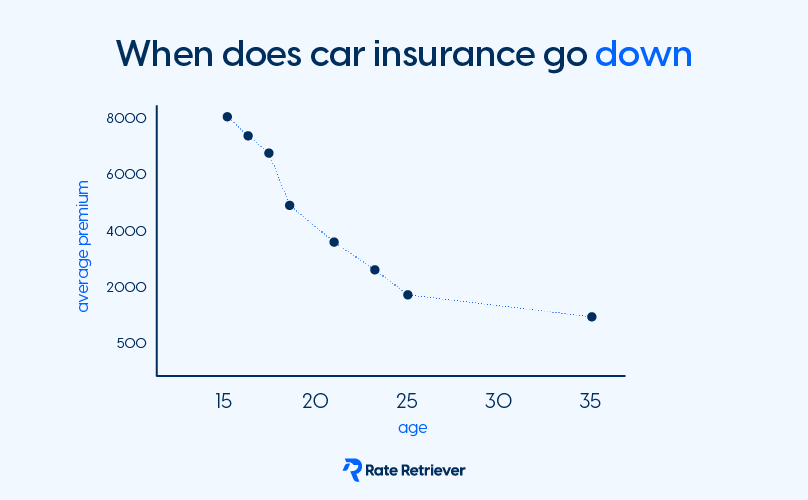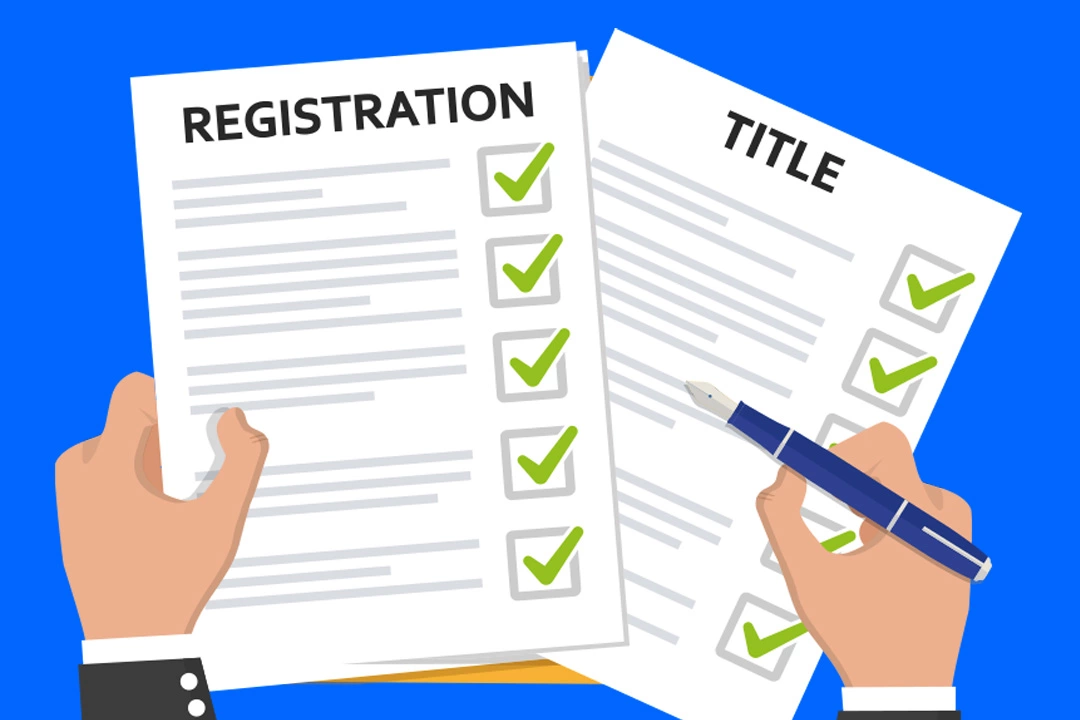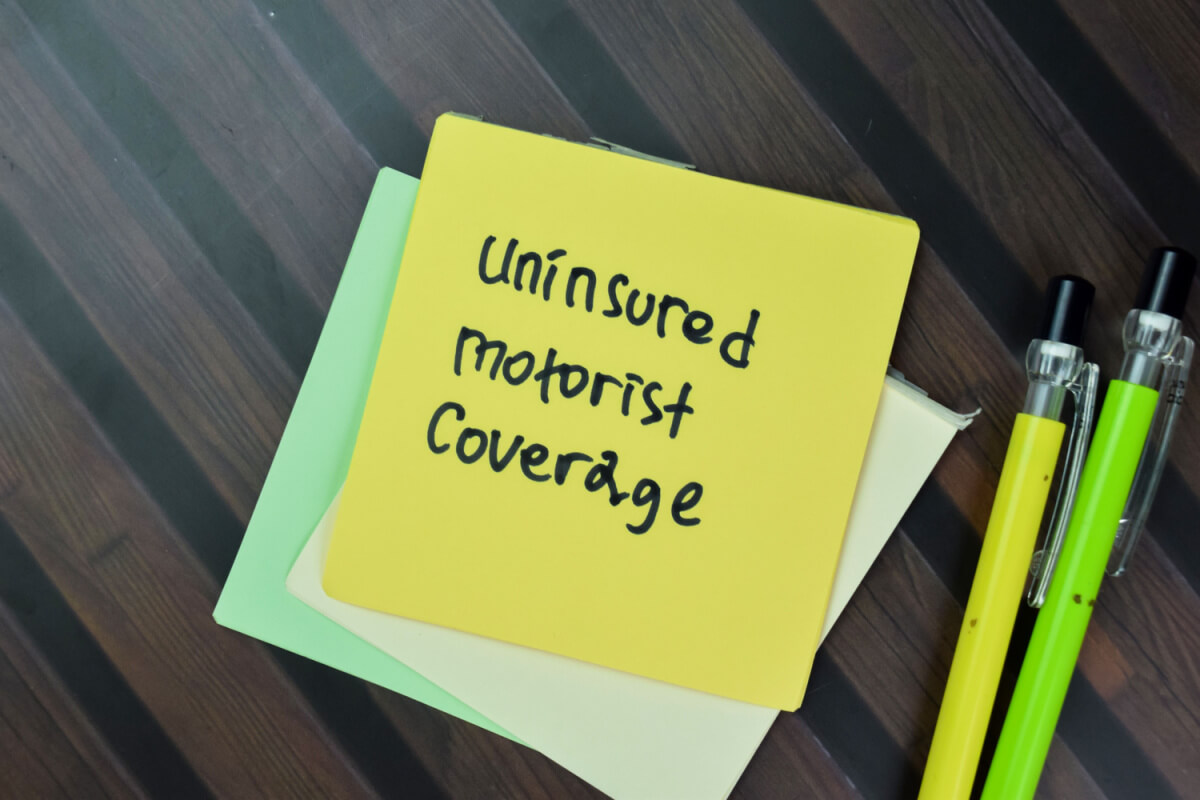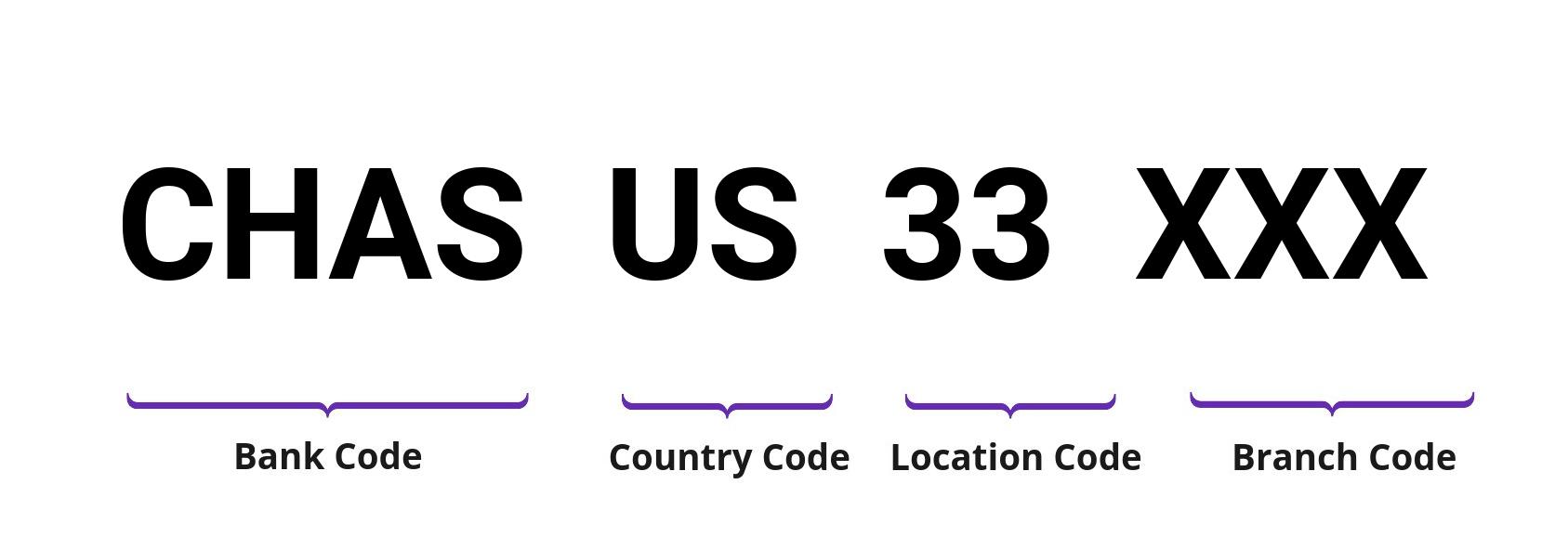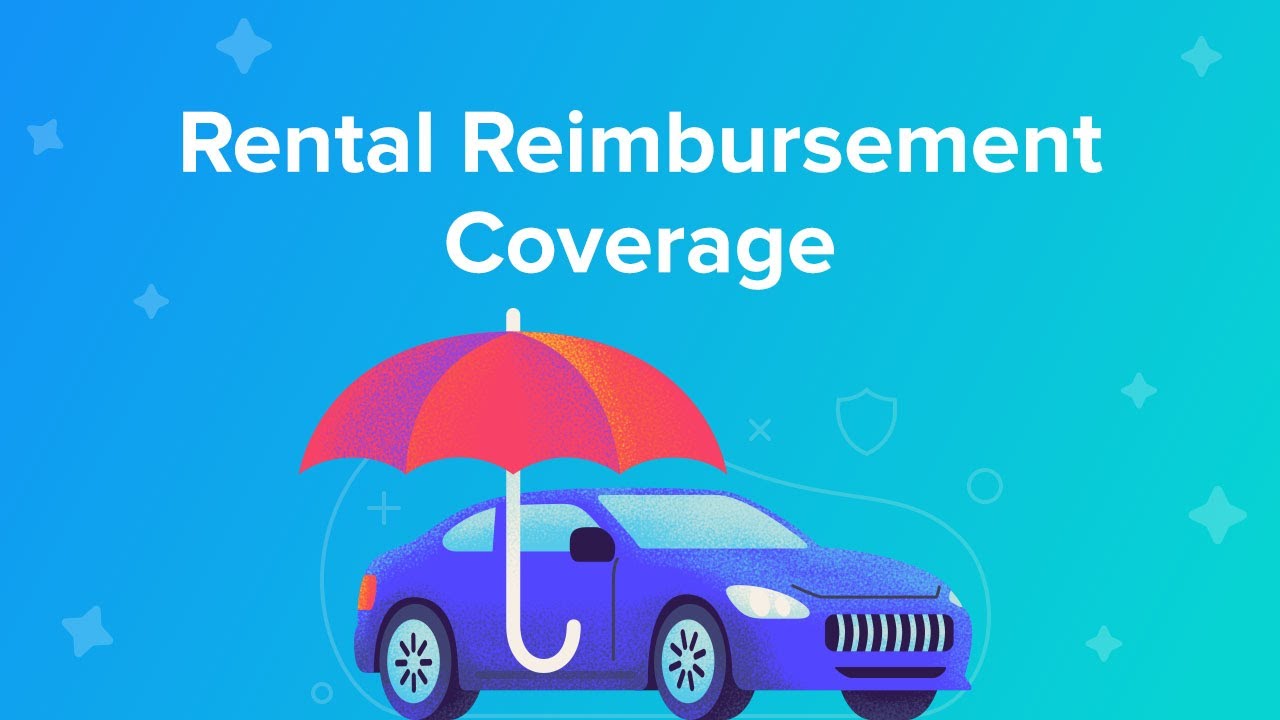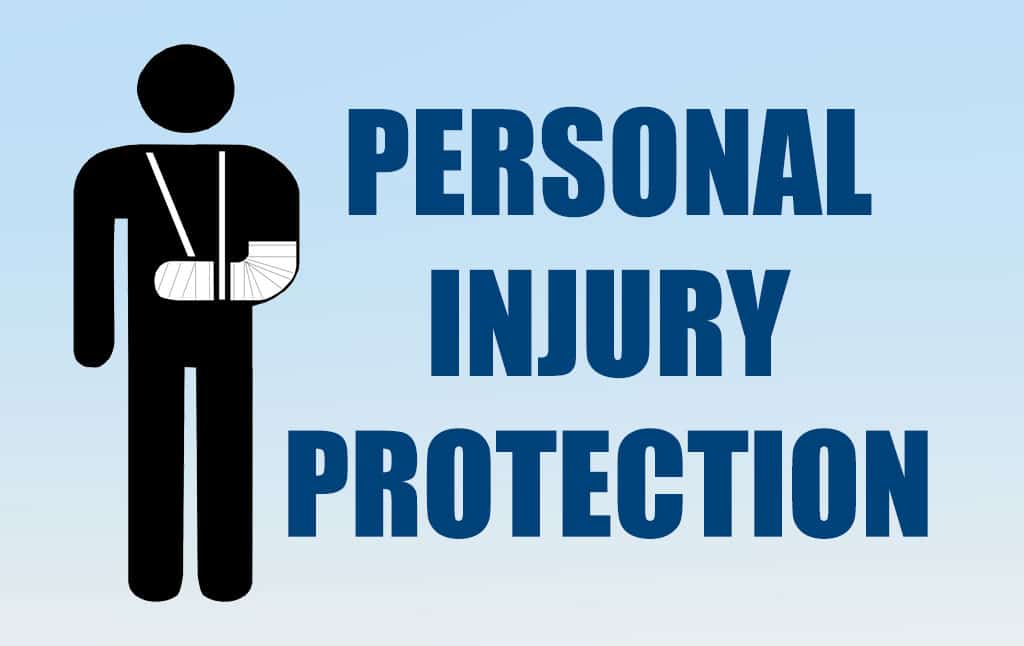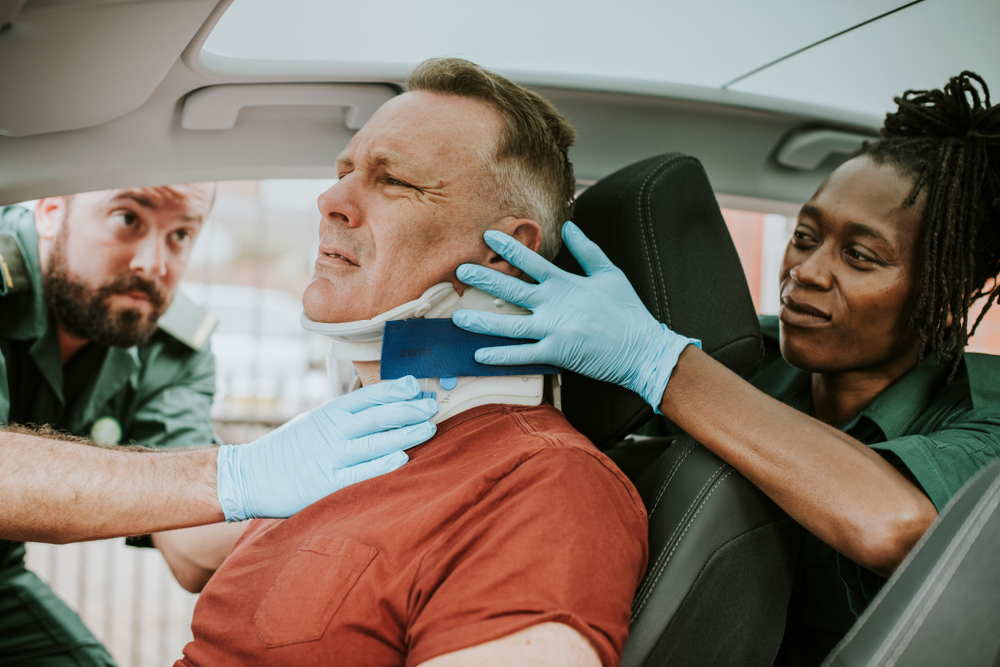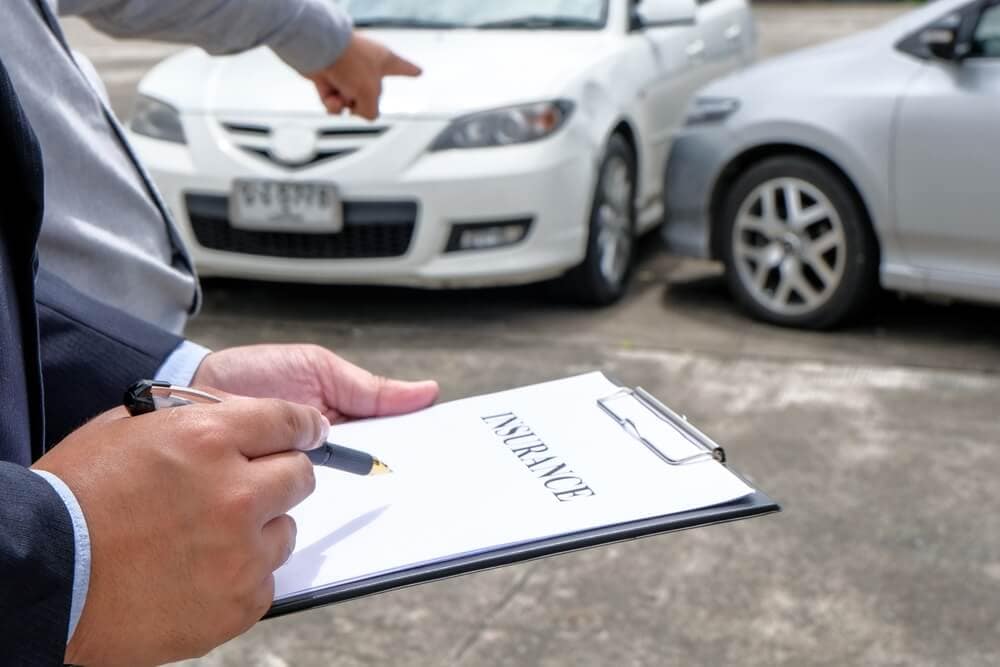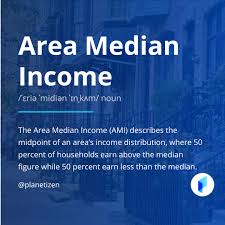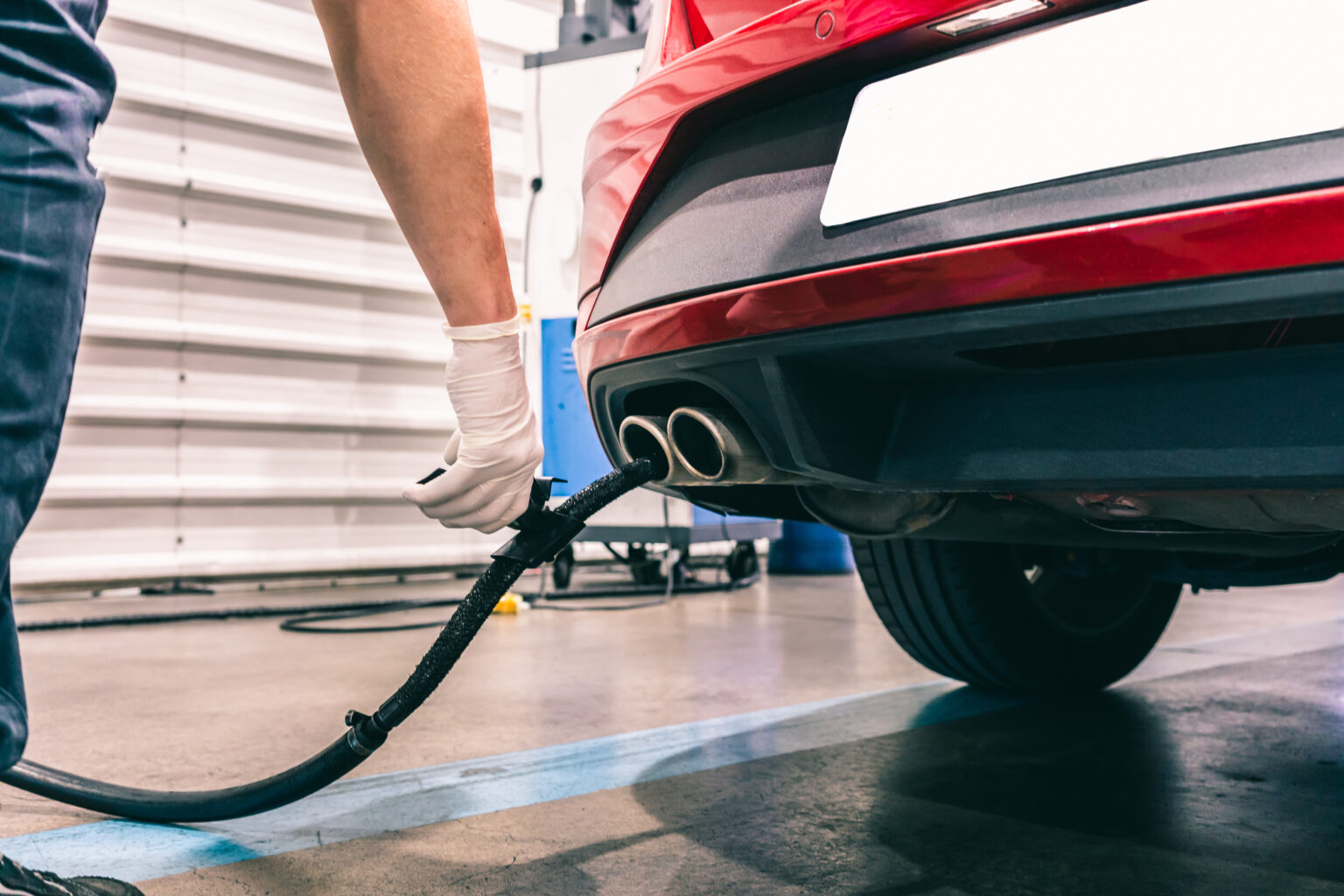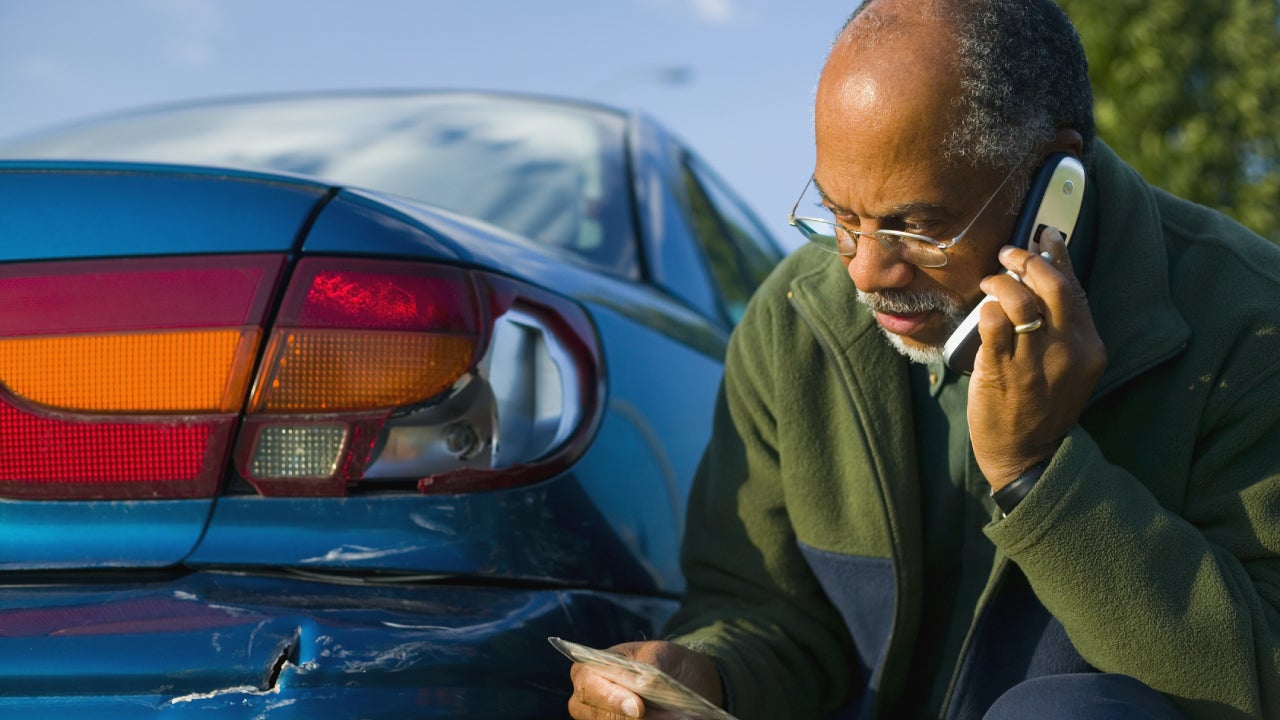Buying a car is a big decision, and the test drive is one of the most important steps in making sure the vehicle is right for you. Whether you’re visiting a dealership or meeting with a private seller, knowing what to look for during a test drive can help you avoid regrets later.
This guide walks you through everything you need to know: what you’ll need to bring, insurance considerations, how long a test drive usually lasts, and what to check while you’re behind the wheel.
What Do You Need for a Test Drive?
In most cases, all you need is a valid driver’s license. Dealerships will usually make a copy of it before letting you drive. Some may also ask you to sign a quick form for liability purposes.
Requirements can vary depending on your state or dealership. If you want to double-check, visit your state’s official Department of Motor Vehicles (DMV) website.
Can You Test Drive a Car Without Insurance?
Good news: usually, yes!
If you’re test driving at a dealership, their garage liability insurance covers accidents and injuries during the test drive. This means you generally don’t need to show proof of your own insurance.
👉 However, if an accident occurs, the dealer could still try to recover repair costs from you or your insurance provider. That’s why it’s always smart to have your own auto insurance policy in place. You can compare options easily with sites like Progressive or Geico.
What About Private Sellers?
When test driving a car from a private seller, things work a little differently. You don’t need to show proof of insurance, but you do want to make sure the seller’s vehicle is insured.
Before getting behind the wheel, ask for a signed statement confirming:
- You have permission to drive the car.
- The vehicle is insured.
- You won’t be responsible for their deductible if an accident occurs.
This protects you from unexpected liability. For more guidance, check out this resource on buying a used car from a private seller.
How Long Can You Test Drive a Car?
A typical test drive lasts 15–30 minutes, which is usually enough to get a feel for the basics.
But if you’re serious about buying, many dealerships allow extended test drives—sometimes even overnight (up to 24 hours). This gives you time to see how the car fits into your daily life.
💡 Pro tip: If extended test drives aren’t an option, consider renting the same make and model for a day through a service like Turo or a traditional rental company.
For private sellers, it’s up to them whether they allow an extended drive. They may ask you to sign an agreement outlining the conditions.
Do You Need Insurance for an Extended Test Drive?
Yes—sometimes.
For overnight test drives, dealerships often ask you to sign a waiver making you financially responsible for damage. In this case, having your own insurance is strongly recommended.
If you’re test driving with a private seller, you may be covered under their insurance if you have written permission. Always double-check before driving away.
What to Look for When Test Driving a Car
Don’t just focus on how cool the car looks or how smooth it feels in the first five minutes. A thorough test drive should check these key points:
- Look for damage – Walk around the car and check for scratches, dents, or paint issues. Even new cars can have minor lot damage.
- Test acceleration and brakes – Drive on both highways and city streets to see how the car accelerates and stops. Notice how smoothly it shifts gears.
- Check steering and handling – Change lanes, make sharp turns, and see how responsive the car feels.
- Explore the tech – Test the infotainment system, Bluetooth, backup camera, and climate controls. Make sure they’re intuitive.
- Listen carefully – Pay attention to unusual engine sounds, rattles, or excessive road noise.
- Check visibility – Test blind spots, mirrors, and rearview camera angles.
- Assess comfort – Adjust the seat, check headroom and legroom, and make sure pedals are easy to reach.
- Evaluate cargo space – See if the trunk or back seats provide enough storage for your needs.
Extra Tips for a Successful Test Drive
- Ask to choose the route – Dealerships often have short, limited test drive routes. Request a mix of city streets, highways, and hills for a realistic test.
- Compare multiple cars – Drive at least two or three vehicles to better understand your preferences.
- Do test drives on the same day – Comparing cars back-to-back makes it easier to spot differences.
- Take your time – Don’t let sales pressure rush you into a decision. Sleep on it if you need to.
Final Thoughts
A test drive isn’t just a formality—it’s your chance to make sure the car fits your lifestyle, comfort needs, and driving style. Bring your driver’s license, ask about insurance, and don’t be afraid to request an extended drive if you’re close to buying.
Buying a car is a big investment, and the more thorough you are during the test drive, the more confident you’ll feel driving off the lot (or from a private seller’s driveway).




